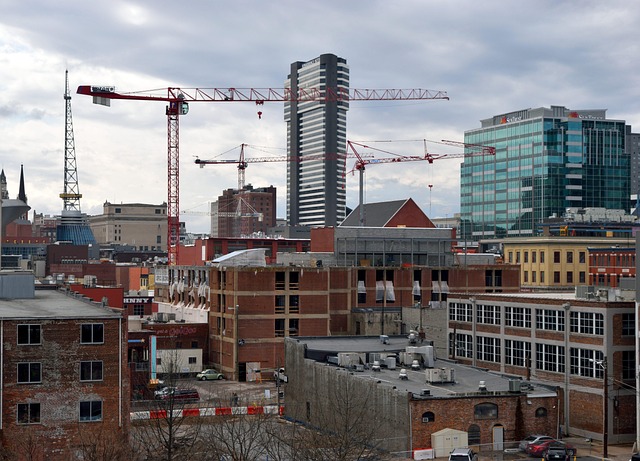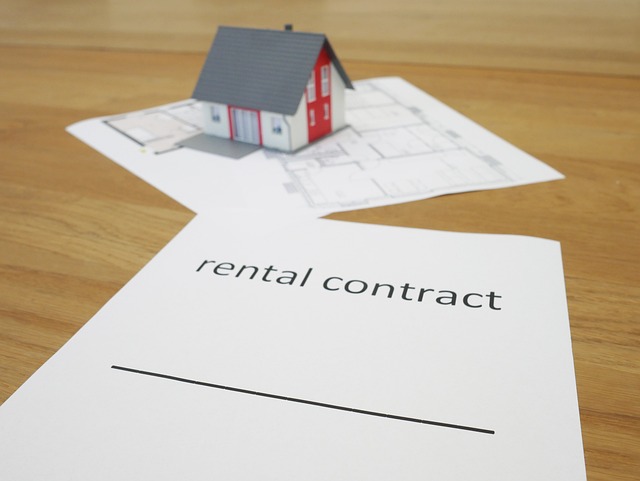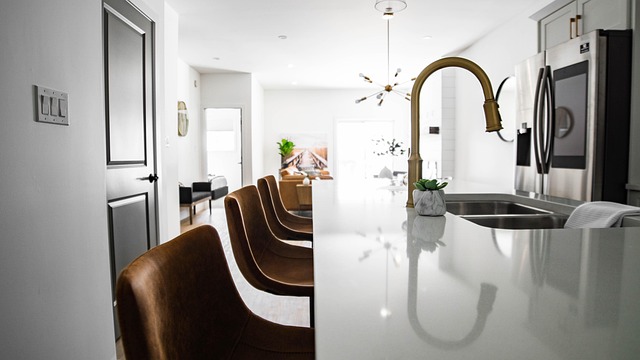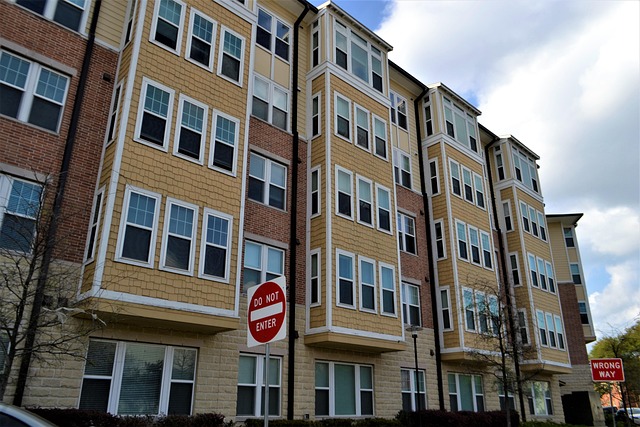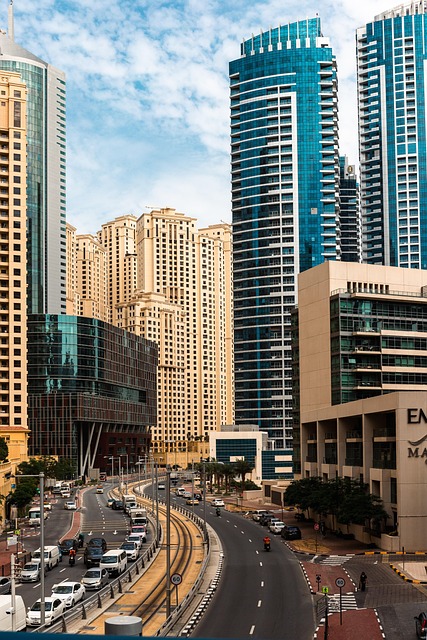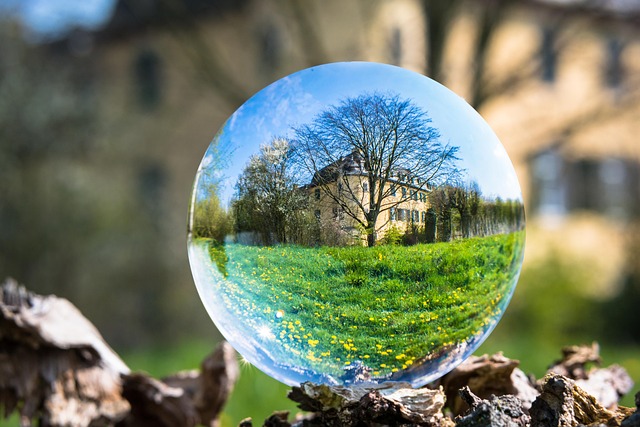Community infrastructure, including roads, parks, schools, and transport, is crucial for real estate development success. Developers can anticipate future needs by aligning projects with demographic changes, creating vibrant, sustainable communities. Prioritizing public spaces, green areas, and recreational facilities enhances functionality and appeal. Strategic connectivity and digital infrastructure integration cater to modern lifestyles, boosting property appeal and fostering thriving communities.
In the dynamic realm of real estate, successful projects go beyond bricks and mortar. Effective planning of layout and community infrastructure is paramount to fostering thriving communities. This article explores key aspects such as understanding the intricate needs of community infrastructure, designing space-efficient public areas that engage residents, and implementing robust connectivity and amenity strategies. By delving into these essential elements, real estate developers can create vibrant, interconnected neighborhoods that cater to diverse lifestyles.
Understanding Community Infrastructure Needs in Real Estate
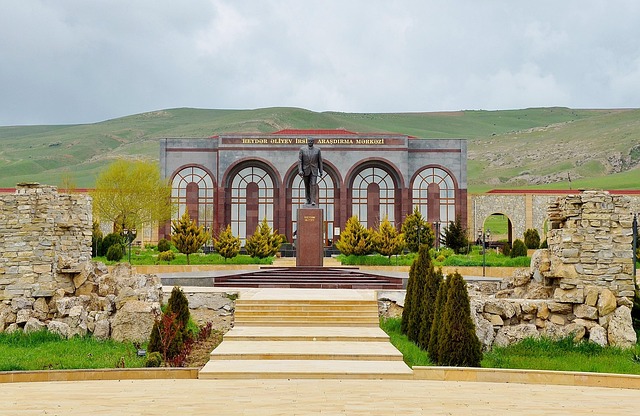
In the realm of real estate, understanding community infrastructure needs is paramount for successful development and investment. Beyond individual properties, investors and developers must consider the broader landscape, where roads, parks, schools, healthcare facilities, and public transportation act as the lifeblood of a community. These essential components not only enhance the quality of life for residents but also drive property values and market appeal.
Evaluating infrastructure needs involves gauging the current state of these services against future demographic projections. For instance, dense urban areas might require enhanced public transport networks to cater to growing populations, while suburban communities may demand improved access to healthcare and educational facilities as their resident base expands. By aligning real estate projects with these evolving infrastructure demands, developers can foster vibrant, sustainable communities that thrive in the long term.
Planning Space Efficient and Engaging Public Areas
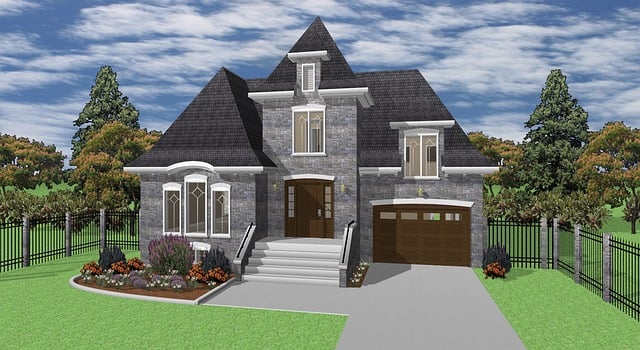
In real estate, planning space-efficient and engaging public areas is paramount for creating vibrant communities. Developers and urban planners must consider how to maximize limited space while enhancing functionality and appeal. Strategically designed public spaces not only cater to daily needs but also foster social interactions, promoting a strong sense of community. Incorporating green spaces, community gardens, and recreational facilities ensures residents have access to fresh air, exercise, and opportunities for socialization.
These areas should be meticulously laid out to accommodate diverse activities, from quiet contemplation to energetic group gatherings. Walkways, benches, and scenic views contribute to an inviting atmosphere, encouraging residents to spend quality time outdoors. By thoughtfully integrating these elements, real estate projects can offer more than just housing; they can create destinations where people want to live, work, and play, ultimately elevating the overall quality of life within the community.
Building Networks: Connectivity and Amenity Strategies for Real Estate Success
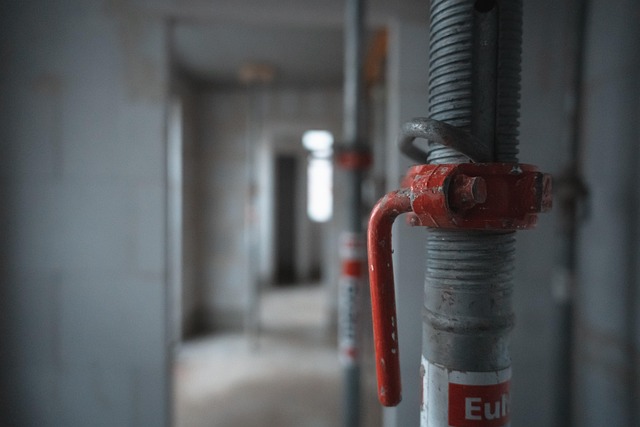
In the competitive real estate market, successful developers understand that building a community isn’t just about brick and mortar; it’s about fostering connections and creating vibrant spaces. Effective network building involves strategic connectivity strategies that enhance lifestyle amenities. By integrating digital infrastructure, such as high-speed internet and smart home technologies, developers cater to modern lifestyles, making their properties more desirable.
Well-designed common areas and recreational facilities also play a significant role in community building. These spaces encourage social interactions, foster a sense of belonging, and contribute to the overall well-being of residents. When real estate projects prioritize these aspects, they not only increase property value but also create a thriving, interconnected community that stands the test of time.
